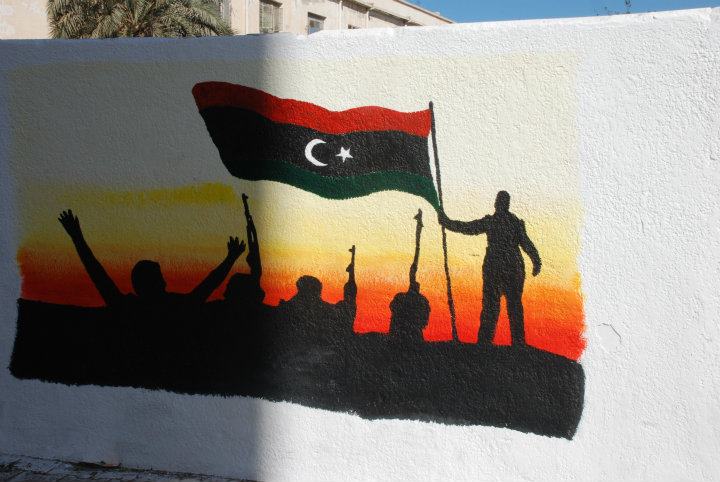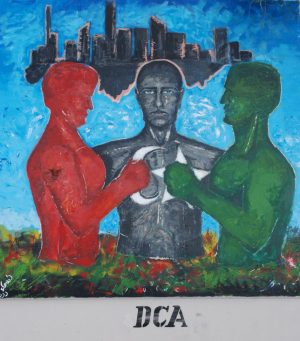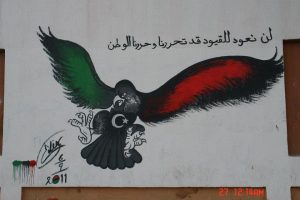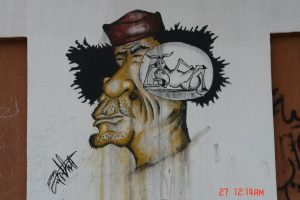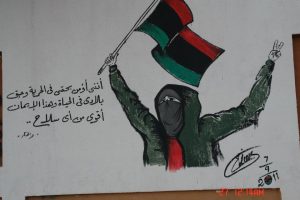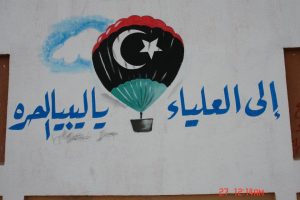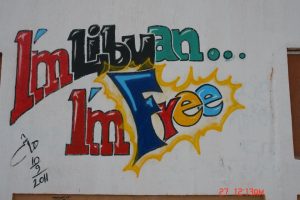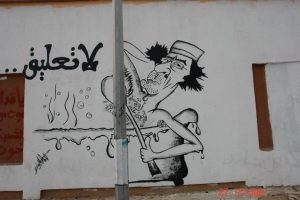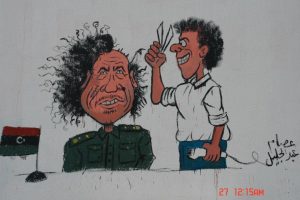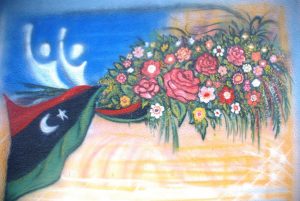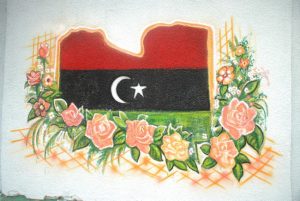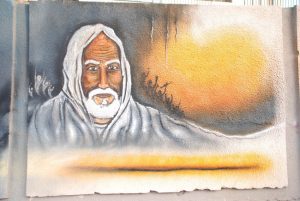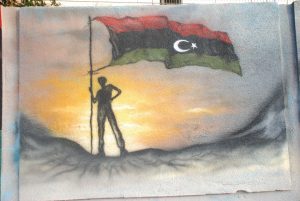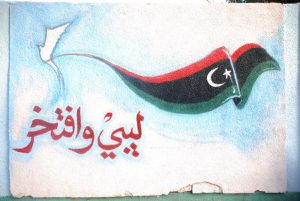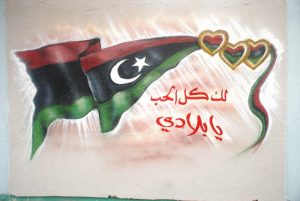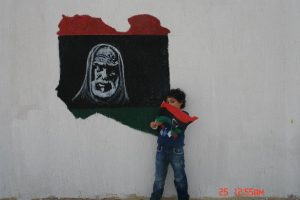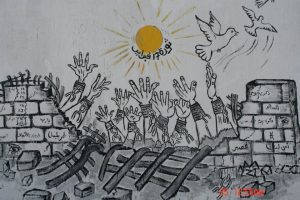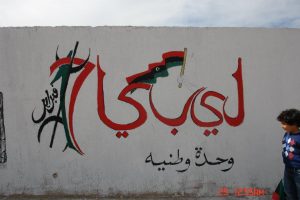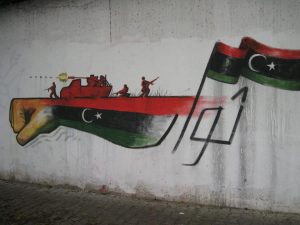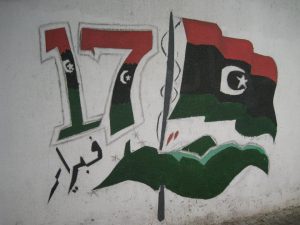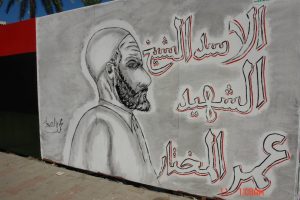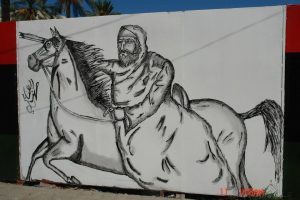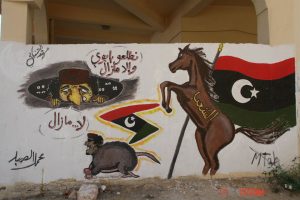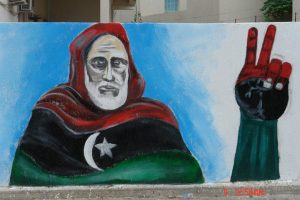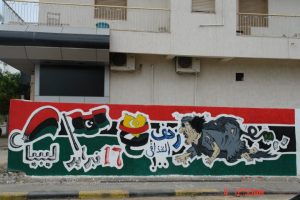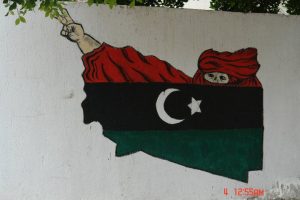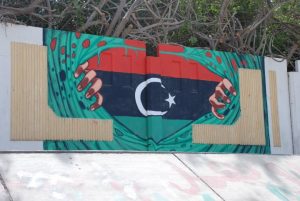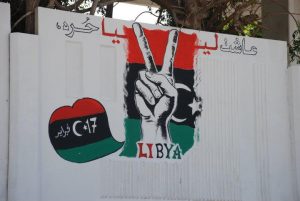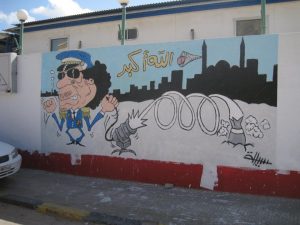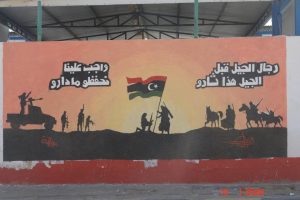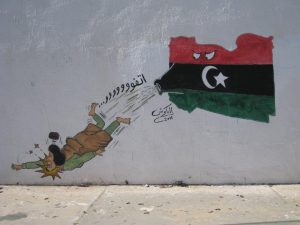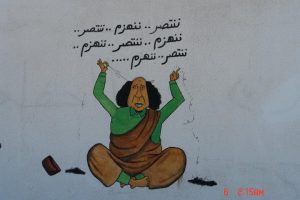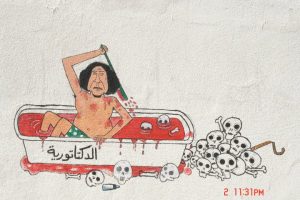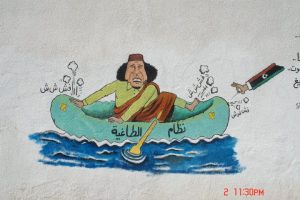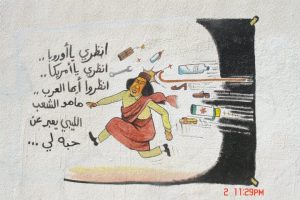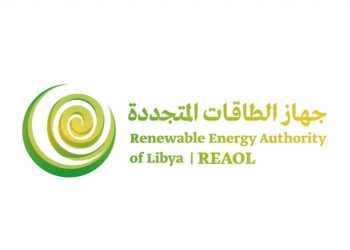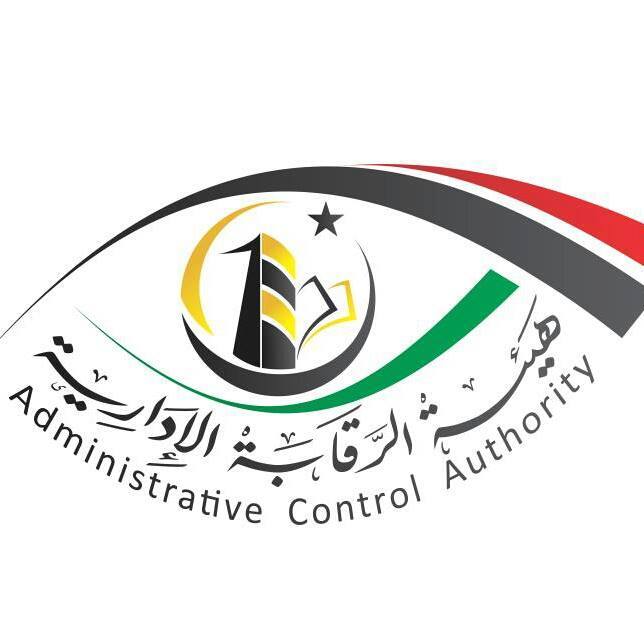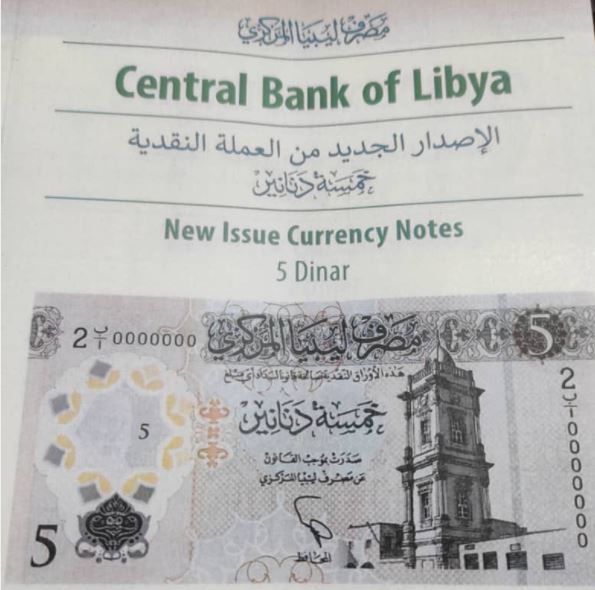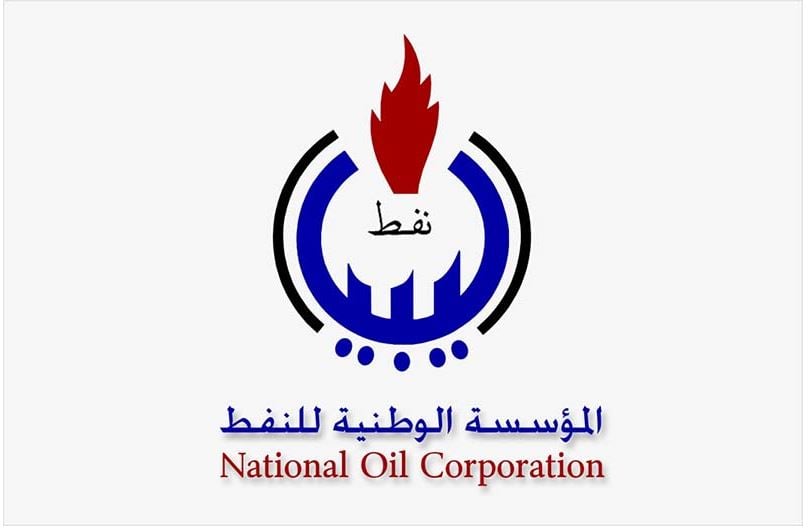By Sami Zaptia.

London, 15 February 2021:
The graffiti and murals on the public walls of Tripoli during the revolution of 17 February 2011 captured the mood of the time. It was a time when the population united and focused against its one common enemy: Qaddafi and his regime.
It was also a time when the foreign states that supported the revolution were held in high regard by all Libyans supporting the revolution; Qatar, France, Turkey, the UAE and NATO – were perceived to be supporting all Libyans and pushing in the same direction – for an independent, unified, democratic Libya.
The graffiti concentrated on unifying themes: responding to Qaddafi’s insult of calling the revolutionaries rats by depicting him as the rat and on the rubbish heap of history. The graffiti sought to break the psychological glass ceiling of fear by publicly and openly depicting Qaddafi in negative light – something impossible prior to 17 February 2011.
There was also a common unifying use of the three colours of the 24 December 1951 independence flag that Qaddafi had discarded on his 1 September 1969 coup against King Idris I.
The father of the Libyan anti-colonial struggle, Omar Mokhtar, was also a common unifying symbol running through many of the graffiti.
It is just as well photos by the source of these graffiti were taken at the time as, unfortunately from a historical perspective, many have been painted over in the intervening ten years.
Inciteful and un-conciliatory?
Some readers may feel that republishing some of the graffiti depicting Qaddafi in very humiliating light could be seen as inciteful and un-conciliatory at the very time when Libya and Libyans are trying desperately to heal old wounds and wrap around a newly selected Government of National Unity.
There is a case for such a view. However, it is the tenth anniversary of the February Revolution that overthrew the Qaddafi regime, and these graffiti were a historical fact depicting popular sentiment at the time. Many of the photos are date stamped and represent a historical record in drawings rather than in words.
The 100-plus graffiti will be published over the next three days.
Source: (20+) بصمات فنية على جدران ليبيا الحرة | Facebook
